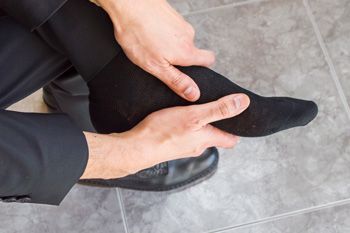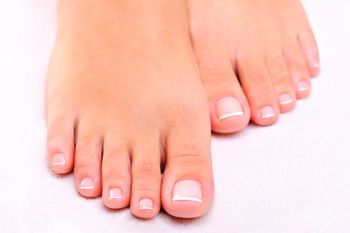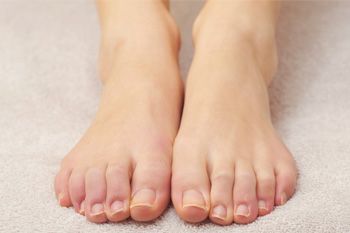Do You Know How to Care for a Sprained Ankle?
If You Don't Know Read This
Treating your sprained ankle properly may prevent chronic pain and instability. For a Grade I sprain, follow the R.I.C.E.
- Rest your ankle by not walking on it. Limit weight bearing. Use crutches if necessary; if there is no fracture you are safe to put some weight on the leg. An ankle brace often helps control swelling and adds stability while the ligaments are healing.
- Ice it to keep down the swelling. Don't put ice directly on the skin (use a thin piece of cloth such as a pillow case between the ice bag and the skin) and don't ice more than 20 minutes at a time to avoid frost bite.
- Compression can help control swelling as well as immobilize and support your injury.
- Elevate the foot by reclining and propping it up above the waist or heart as needed.
- Swelling usually goes down with a few days.







